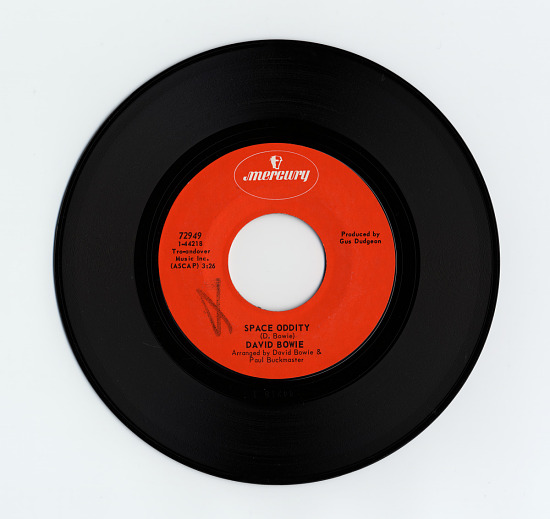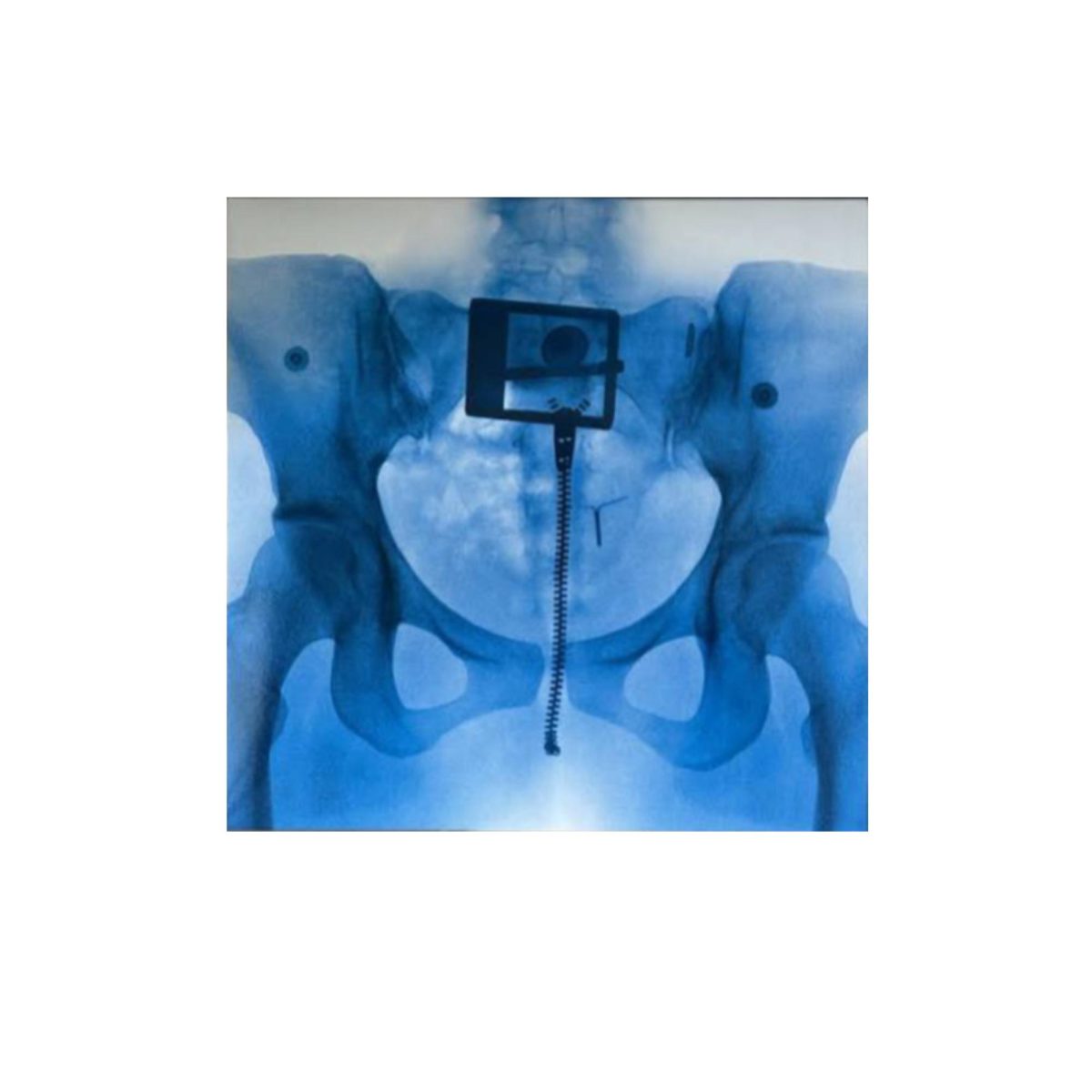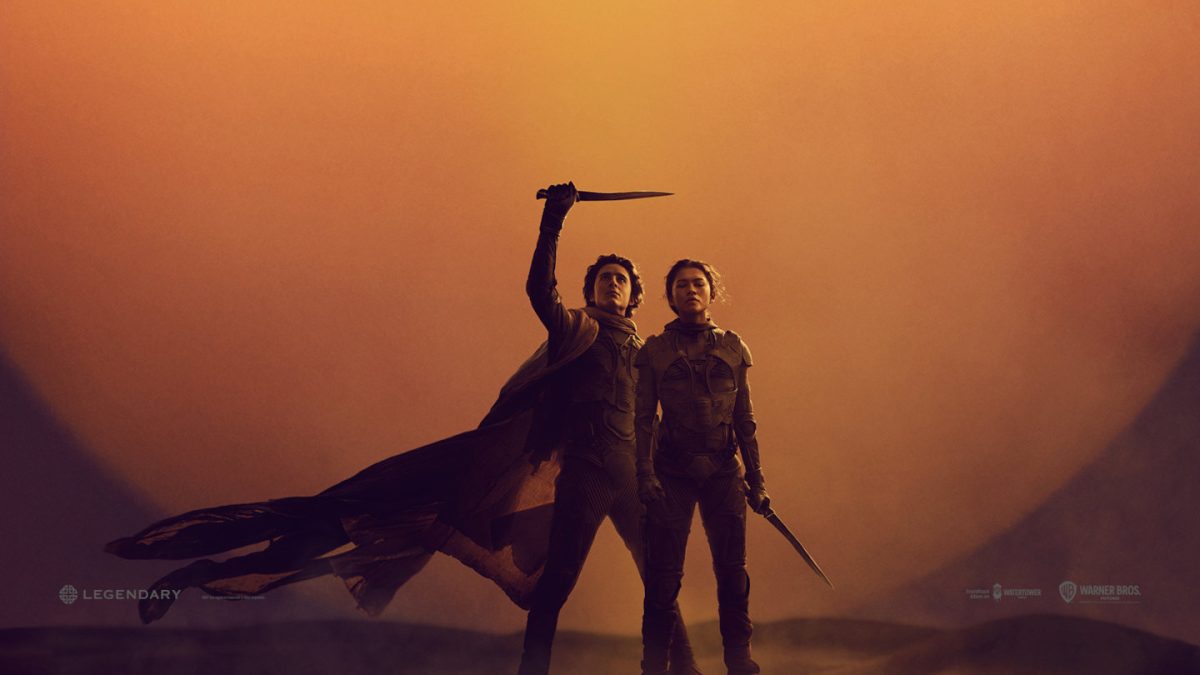A disappointing end to a frabjous trilogy, “The World’s End” attempted to sum up all of Simon Pegg and Edgar Wright’s quirky, off-kilter comedic fun in a single movie. As the third installment in the Three Flavours Cornetto trilogy (following “Shaun of the Dead” and “Hot Fuzz”) “The World’s End” took a new direction: Alien Apocalypse.
When Gary King (Simon Pegg) attempts to relive his glory days, he rounds up his friends 20 years after high school and takes a road trip to their home town of Newton Haven. Once there, Gary and his friends set out to finish a legendary pub crawl known as the Golden Mile, hitting 12 pubs in one beer soaked night. Their adventure starts out drab because one member, Andy (Nick Frost), is a recovering alcoholic, and the others having grown up to be responsible adults. No excitement, no drinking games, the characters lack of enthusiasm bleeds into the audience, making you want to shout at the screen for somebody to do something. Some excitement is drawn from their high school crush Sam (Rosamund Pike) making an appearance, but soon the movie returns to its lethargic pace. Then, at the fourth pub, a fight in the bathroom exposes the townspeople as robotic copies of people, complete with detachable limbs and blue blood. Dripping with blue liquid, heads and arms of local teenagers scattered about the bathroom, the gang leaves the pub stunned, and follows Gary’s lead in the only decision that makes sense: continue with the crawl. As they slowly talk to people and robots, the five friends realize that aliens have landed on Earth in the hopes of preparing people for alien life, and replacing anyone who doesn’t cooperate. I won’t spoil the ending, though it brought little closure, despite its occasional humor.
The movie begins with Gary at an alcoholics anonymous meeting, talking at length about the golden days of high school, when he and his friends smoked, chased girls, and lived it up in their quiet hometown. Gary, whose silly wit and sharp comments carry most of the dialogue, is the only one of his friends who hasn’t grown up. He still wears the leather duster of his youth, still laughs at crude sexual humor, and won’t face his own problem of alcoholism. Gary is a protagonist that is easy to laugh at but hard to like. He stands out in the movie in stark contrast to his friends, who have become stereotypical contributing members of society with homes, wives, and steady jobs. In a sense, the Gary and his friends need each other to see what they’re missing, yet the movie takes till the last scene to realize this.
In the final pub, “The World’s End,” Andy and Gary realize that it could literally be the end for the two of them, and the emotions flow. Andy sees that Gary is an alcoholic and tries to tell him that he doesn’t need to go on a booze-filled romp through Newton Haven to feel good. However, Andy realizes that this is all Gary has left, this one small success in a mountain of failure. While Gary laments about how he never could have a productive life like Andy, the audience realizes that Andy’s cushy job and married life isn’t all it’s cracked up to be. The movie is trying to make the point that people need to land right in the middle, a little responsibility and a little bit of fun. The aspect of life that is clearly the most important is friendship. Everything will work out as long as you have friends that will fight off robots in hopes of getting a pint at the end of the night. Unfortunately, Edgar Wright manages only to intersperse moments of deep friendship between cheap laughs and absurd fight scenes. Even the comedy is weak, with the only humor being conversational or physical. The move itself isn’t funny, it just has jokes thrown in when things get too dull.
The one saving grace was Wright’s peculiar yet unique style of filming. He uses interesting angles to bring focus to important points, such as the beer in each of the pubs. Even in the very first pub, he does an excellent job of showing Andy’s, stark contrast to the rest of the group by showing each beer poured, and then a glass of water filled, all from the first-person angle of the bartender. Another imaginative facet of the move is the style of filming used during the action sequences. Suddenly, these five boring, middle-aged men spring to life, tearing limbs from bodies, and scattering the alien’s porcelain-like heads everywhere. The fight scenes are shot in a way that feels like they are not at the right speed, adding a comic-book like effect to them. The stylish nature of some scenes is highly reminiscent of the previous movies in the trilogy, “Shaun of the Dead” and “Hot Fuzz” along with the whole plotline of the whole town in a conspiracy against the protagonist.
An additional movie that “World’s End” seemed to follow closely was “The Hitchhikers Guide to the Galaxy” and not just because they both shared actors. Much like “HItchhikers,” “World’s End” used Gary’s life as a parable for all of Earth, in the same way Arthur Dent’s (of “Hitchhikers”) life is representative of the planet Earth. When Gary speaks to The Network, an omnipotent voice that appears to be the alien’s leader, at the end of the movie, he speaks on how the human races justs wants to be free, and make mistakes, just like how he chose his lifestyle in order to be free from society. Martin Freeman’s character is put into almost the same situation in “Hitchhiker’s,” where his life and house is allegorical to the fate of Earth. Along with Bill Nighy talking about how Earth isn’t worth his time, this made for an un-original and nonsensical ending.
In the Three Flavours Cornetto Trilogy, Edgar Wright associated each move with an ice cream flavor. The flavor associated with this movie is mint chocolate chip, with the green representing the aliens. More realistically, the green represented the sickeningly mundane pace of the the movie, with occasional spurts of humor or action, like chocolate chips in ice cream. In conclusion, Pegg and Wright certainly wrapped up the fate of the Earth, but as for the fate of “The World’s End,” I was left unsatisfied.
Click here to see a trailer for “The World’s End.”










